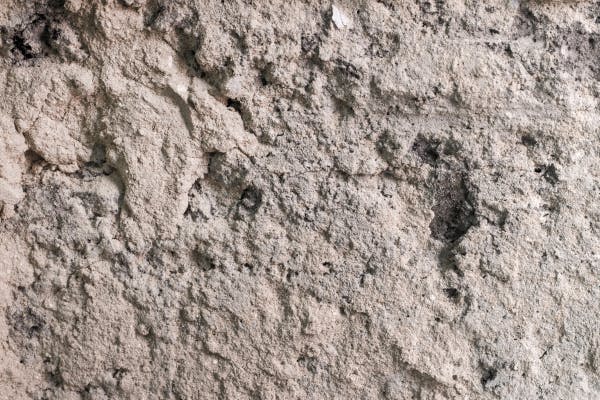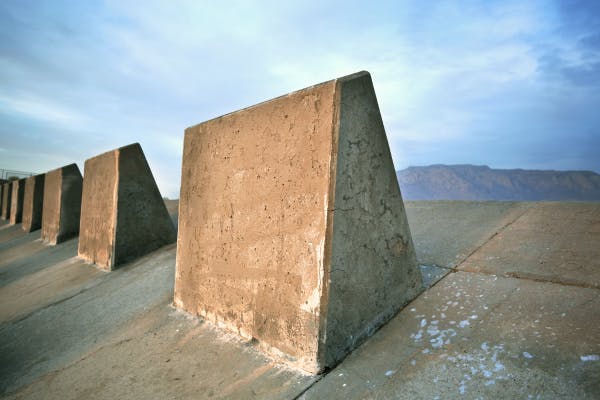In the evolving world of construction, "Green Concrete" is emerging as a game-changer. Architecture, engineering, and construction (AEC) professionals are turning their focus to this alternative to a traditional material staple.
Green concrete is sustainable, cost-effective, and shows a robust performance when placed against the baseline.
What is green concrete? What are the benefits? And, perhaps, most importantly, why should you be considering green concrete in your building projects?
Let’s explore this global phenomenon.
What is Green Concrete?
Green concrete is an environmentally friendly version of traditional concrete, made by incorporating recycled materials. Unlike standard concrete, which heavily relies on natural resources like limestone and clay, green concrete utilizes industrial waste such as fly ash, slag, and recycled aggregates. This approach not only reduces the consumption of natural resources but also tackles the issue of waste management.

Composition
Fly Ash: A byproduct of coal combustion in power plants, fly ash replaces a portion of Portland cement in the mix.
Slag: Derived from iron and steel manufacturing, slag supplements cement in green concrete, enhancing its strength.
Recycled Aggregates: These are obtained from demolished concrete structures, reducing the need for quarrying fresh aggregates.
Sustainability Benefits
Reduced Carbon Footprint
The production of Portland cement, a key ingredient in traditional concrete, is a major contributor to CO2 emissions. Green concrete, by partially replacing cement with materials like fly ash and slag, significantly lowers these emissions. This switch is vital in the construction industry's quest to combat climate change.
Conservation of Natural Resources
By incorporating recycled materials, green concrete diminishes the reliance on natural resources. This not only helps preserve these resources but also minimizes the environmental impact of mining and quarrying.
Waste Management
Utilizing industrial byproducts in green concrete is a practical solution to the growing problem of waste disposal. It turns waste into a valuable resource, thereby reducing the burden on landfills.
Cost Benefits
Reduced Material Costs
The use of waste materials in green concrete can be more cost-effective than sourcing raw, natural materials. The lower cost of recycled aggregates and industrial byproducts makes green concrete an attractive option from a financial perspective.
Energy Savings
The production of green concrete requires less energy compared to traditional concrete. This is primarily due to the lower energy needs for processing recycled materials and reduced cement content.
Performance Advantages
Durability
Studies have shown that green concrete can exhibit enhanced durability compared to traditional concrete. The incorporation of materials like fly ash improves resistance to sulfate attack, reducing maintenance needs and extending the lifespan of structures.
Workability
Green concrete maintains a similar or improved level of workability as compared to traditional concrete. This ensures that it can be easily used in various construction applications without the need for specialized equipment or techniques.
Strength
The addition of industrial byproducts can improve the strength and stability of concrete. For instance, slag has been noted to enhance the overall strength and load-bearing capacity of green concrete.
Applications in Construction
Green concrete is versatile and can be used in a wide range of construction projects, including:
Buildings: Residential and commercial structures.
Infrastructure: Bridges, roads, and pavements.
Landscaping: Outdoor structures and pathways.

Laying the Green Concrete Foundation
Green concrete represents a significant step forward in sustainable construction. By balancing environmental responsibility with cost-effectiveness and performance, it offers a promising alternative for future projects. As the construction industry continues to evolve, the adoption of green concrete could play a pivotal role in shaping a more sustainable and efficient approach to building and infrastructure development.
Incorporating "Green Concrete" into construction projects is not just a trend; it's a necessity for a sustainable future. Its benefits in reducing carbon emissions, conserving natural resources, managing waste, and offering cost and performance advantages make it an invaluable asset in modern construction. As we continue to strive for a greener planet, the role of green concrete in achieving this goal is undeniable.
